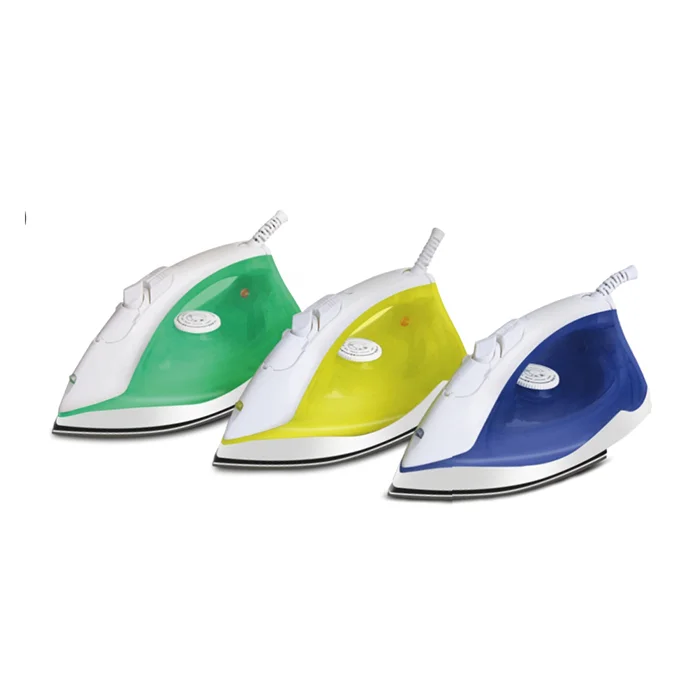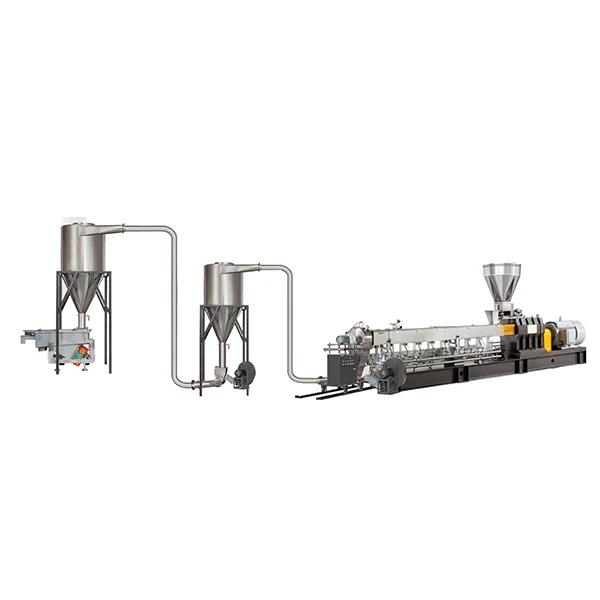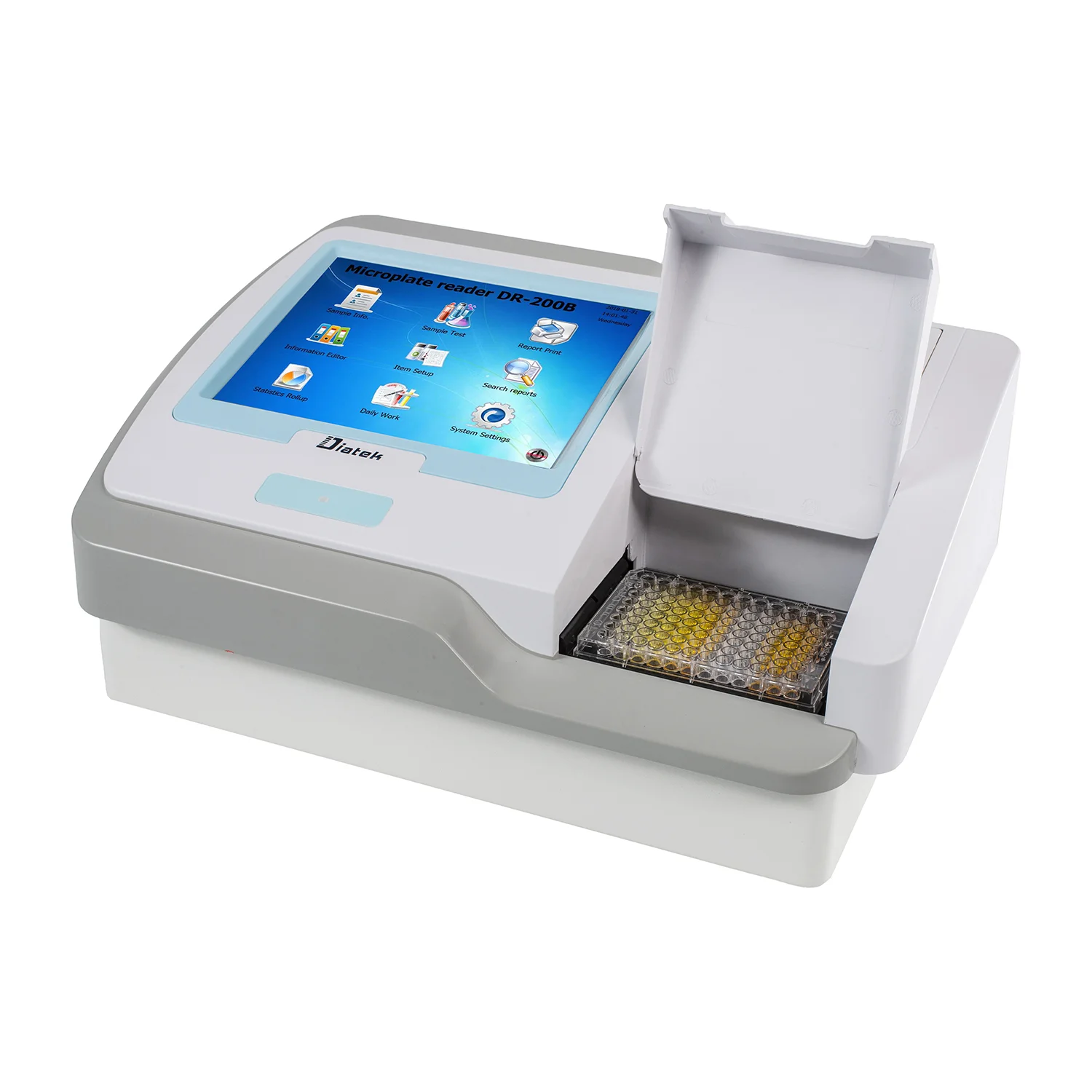In today's world, where sustainability and environmental consciousness have become paramount, the packaging industry is undergoing a significant transformation. As consumers demand more eco-friendly alternatives, businesses are embracing innovative solutions to reduce their environmental impact. In this blog post, we will explore the latest trends in environmentally friendly packaging, highlighting their potential to revolutionize the industry.
- Biodegradable and Compostable Materials:
One of the most prominent trends in environmentally friendly packaging is the shift towards biodegradable and compostable materials. Traditional plastic packaging has long been a major contributor to pollution and waste. However, with advancements in technology, materials such as bioplastics, plant-based polymers, and cellulose-based packaging are gaining popularity. These materials can break down naturally, reducing the burden on landfills and minimizing environmental harm. - Minimalist and Lightweight Designs:
Another trend gaining traction is the adoption of minimalist and lightweight packaging designs. By reducing the amount of material used, businesses can decrease their carbon footprint and transportation costs. This approach not only conserves resources but also appeals to consumers who value simplicity and convenience. Additionally, lightweight packaging reduces shipping emissions, making it an attractive choice for e-commerce businesses. - Innovative Recycling Solutions:
Recycling plays a crucial role in achieving a circular economy. To address the challenges associated with traditional recycling methods, the industry is witnessing the emergence of innovative recycling solutions. For instance, some companies are exploring the use of advanced sorting technologies to improve the efficiency of recycling processes. Additionally, initiatives like package-to-package recycling aim to create a closed-loop system, where packaging materials can be continuously reused without degradation in quality. - Smart Packaging:
The integration of technology into packaging, known as smart packaging, is revolutionizing the industry. Smart packaging incorporates features like sensors, indicators, and QR codes to provide consumers with real-time information about product freshness, authenticity, and usage. By enabling consumers to make informed choices, smart packaging reduces food waste and enhances sustainability. Furthermore, it allows businesses to track and optimize their supply chains, minimizing inefficiencies and reducing environmental impact. - Circular Economy and Extended Producer Responsibility:
The concept of a circular economy, where resources are kept in use for as long as possible, is gaining momentum in the packaging industry. Governments and regulatory bodies are increasingly emphasizing extended producer responsibility (EPR), holding manufacturers accountable for the entire lifecycle of their products. This approach encourages the adoption of sustainable packaging practices, including the use of recycled materials, designing for recyclability, and implementing take-back programs.
Conclusion:
The trends in environmentally friendly packaging discussed in this article reflect the industry's commitment to sustainability and the growing demand for eco-conscious solutions. As businesses strive to reduce their environmental footprint, the adoption of biodegradable materials, minimalist designs, innovative recycling solutions, smart packaging, and circular economy principles will shape the future of packaging. By embracing these trends, companies can not only meet consumer expectations but also contribute to a greener and more sustainable future.


